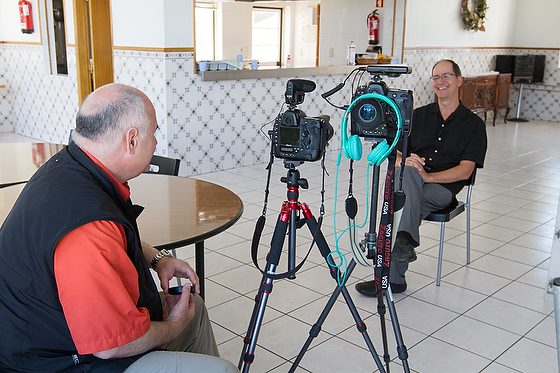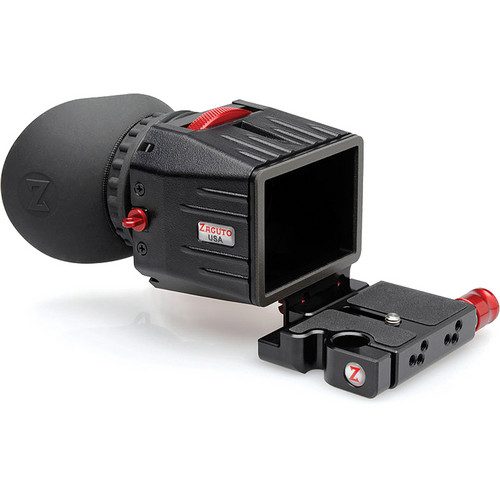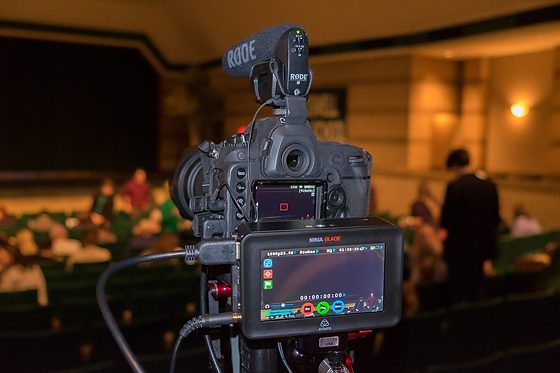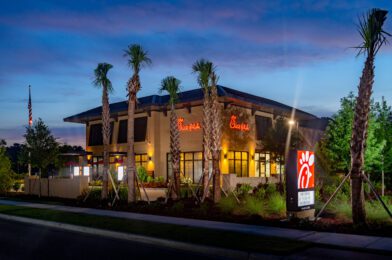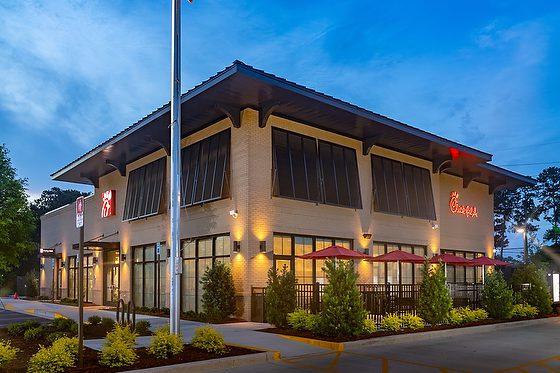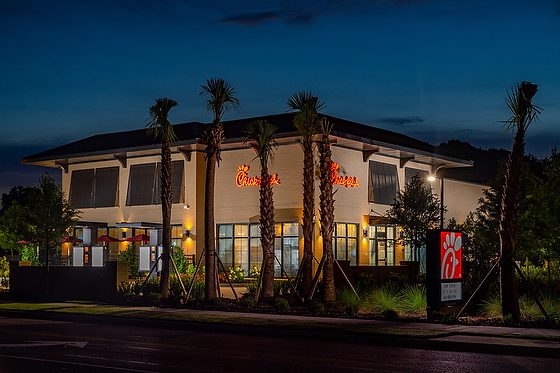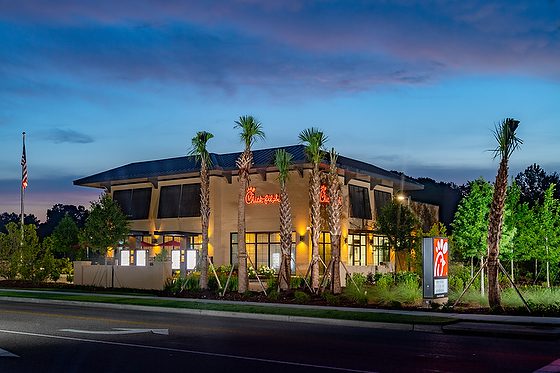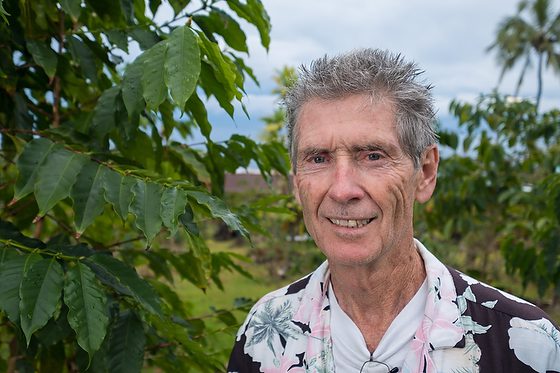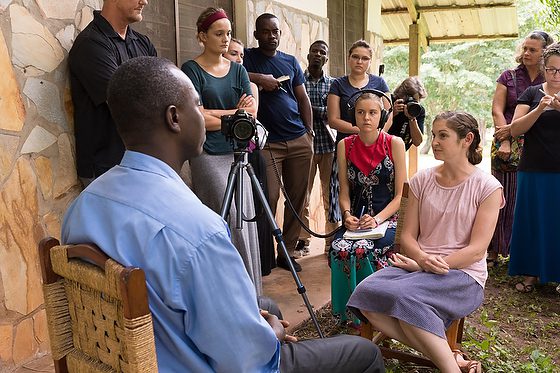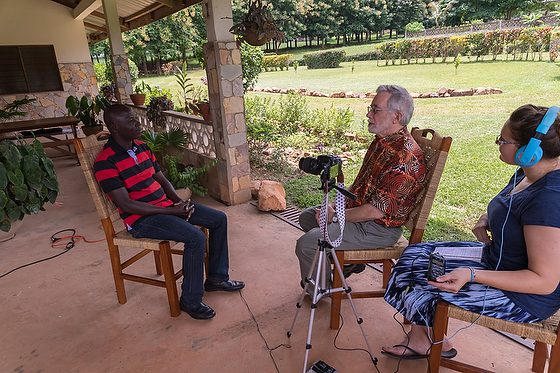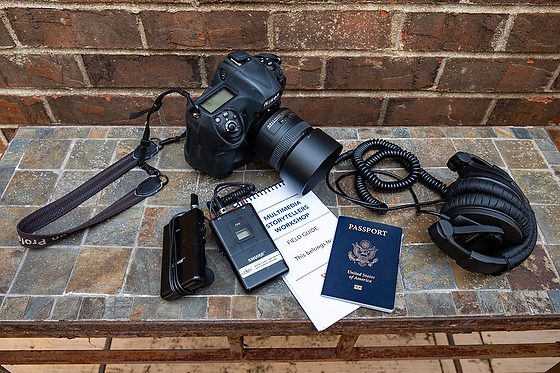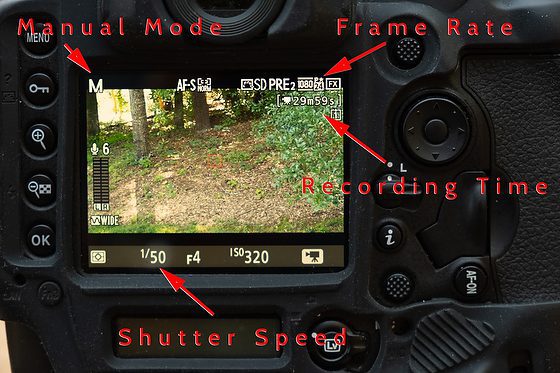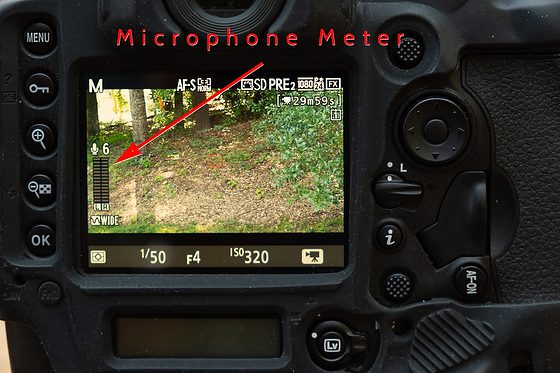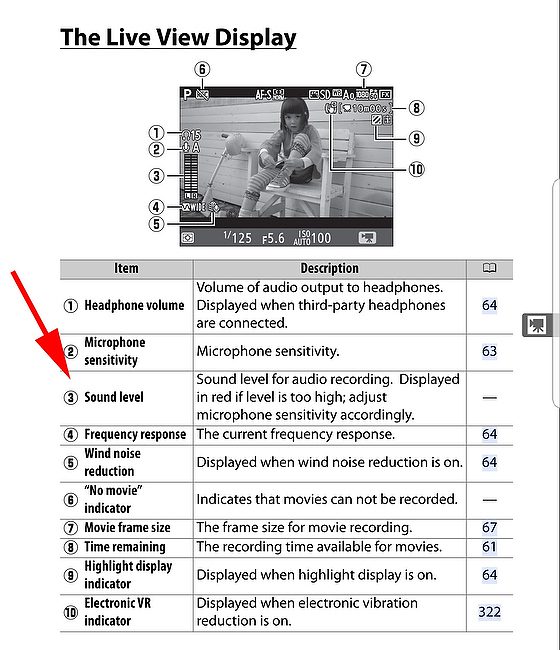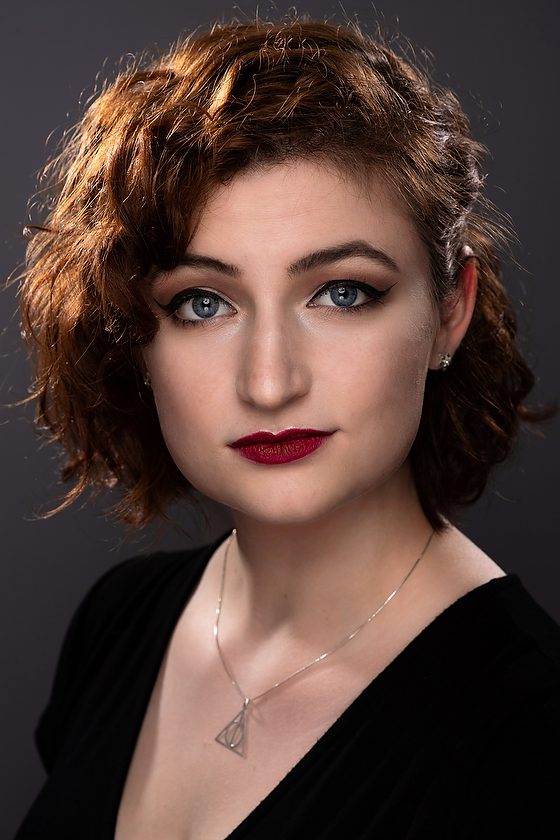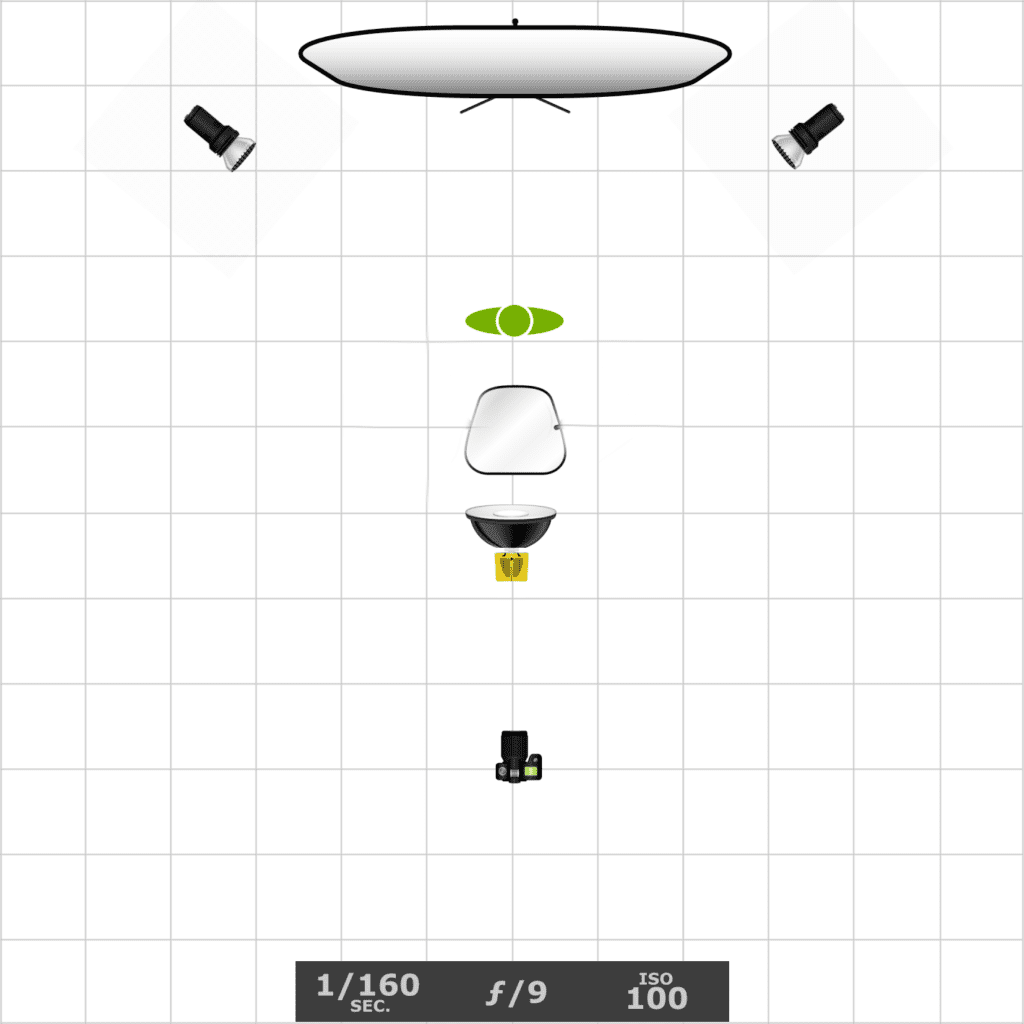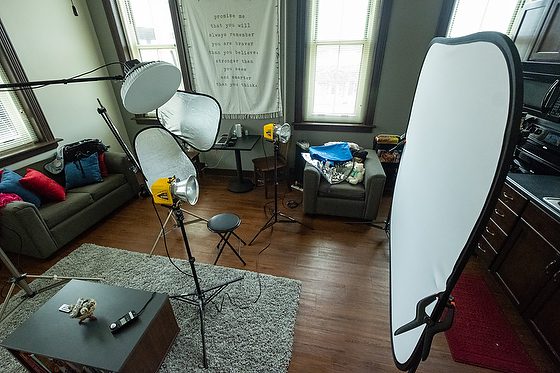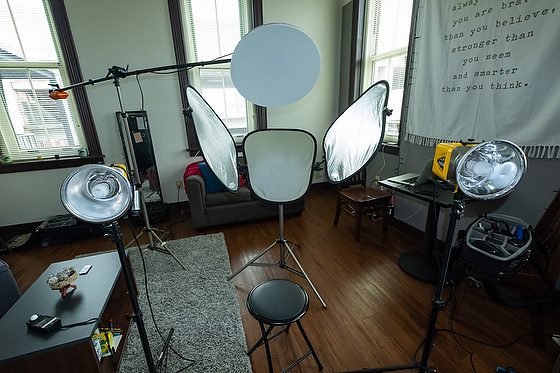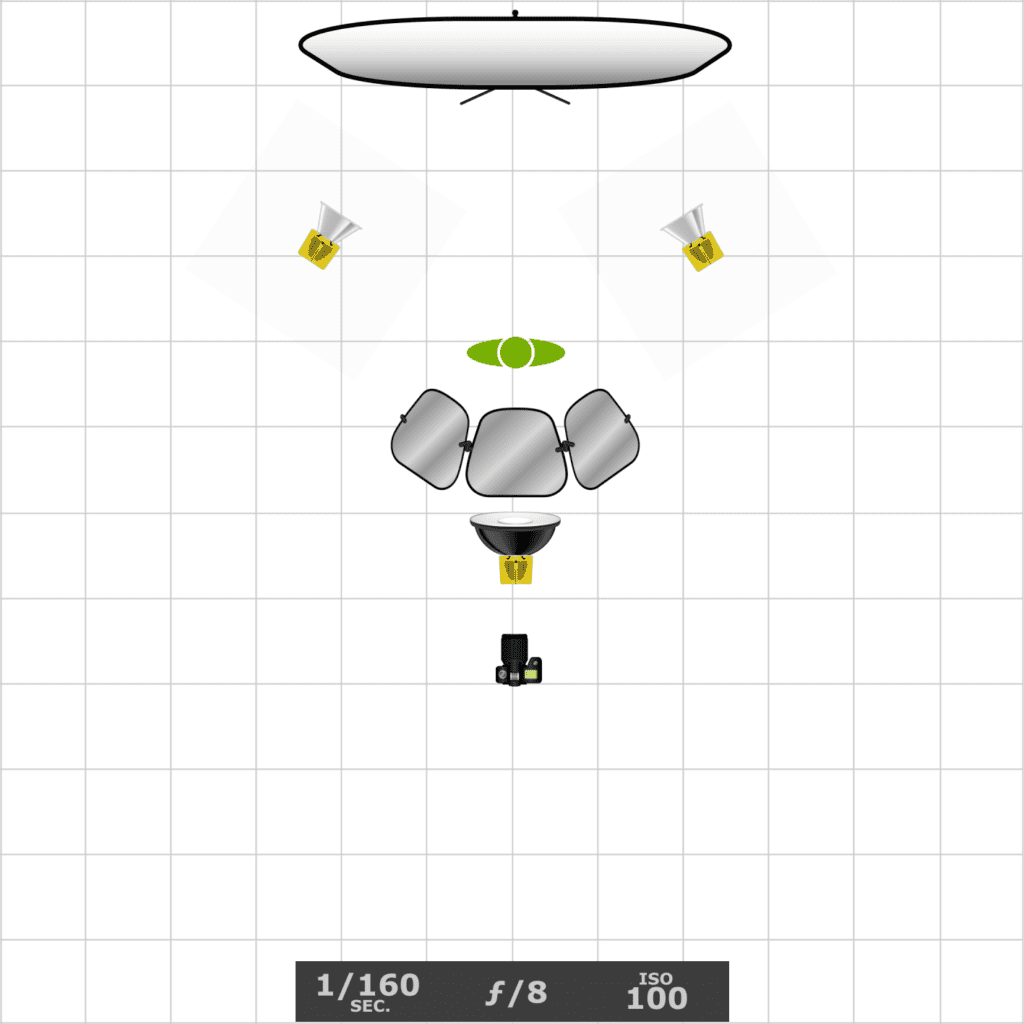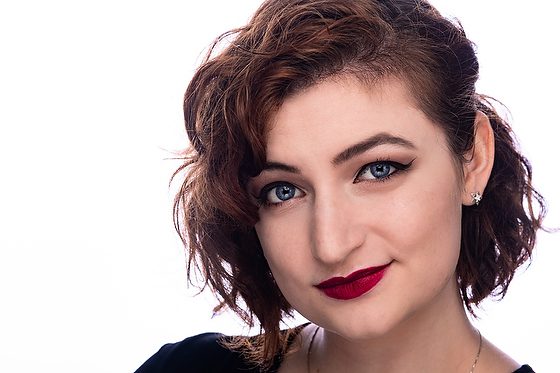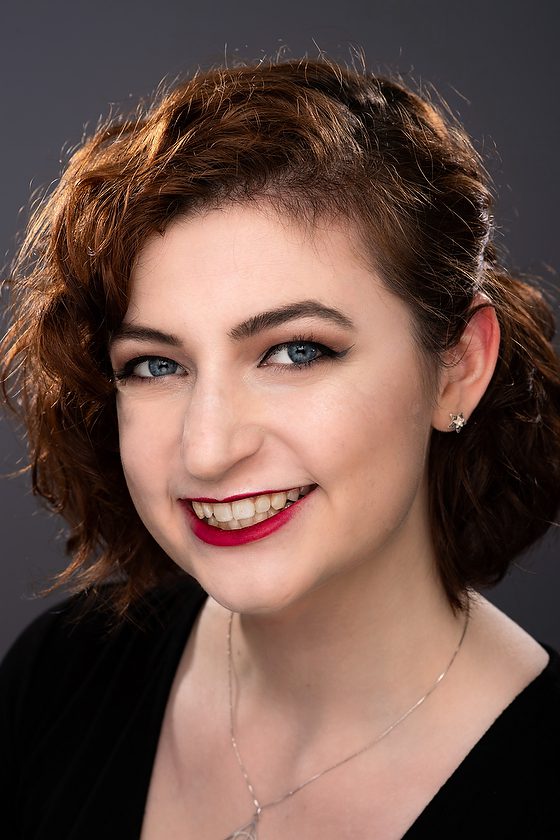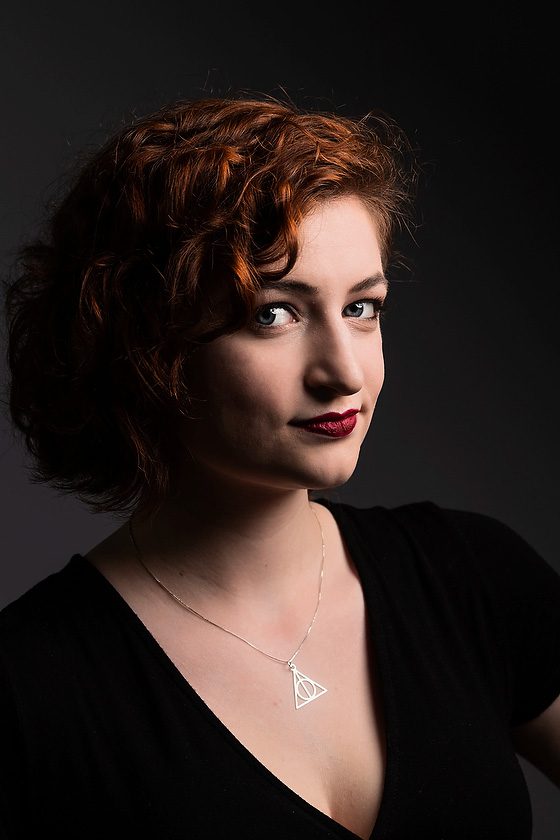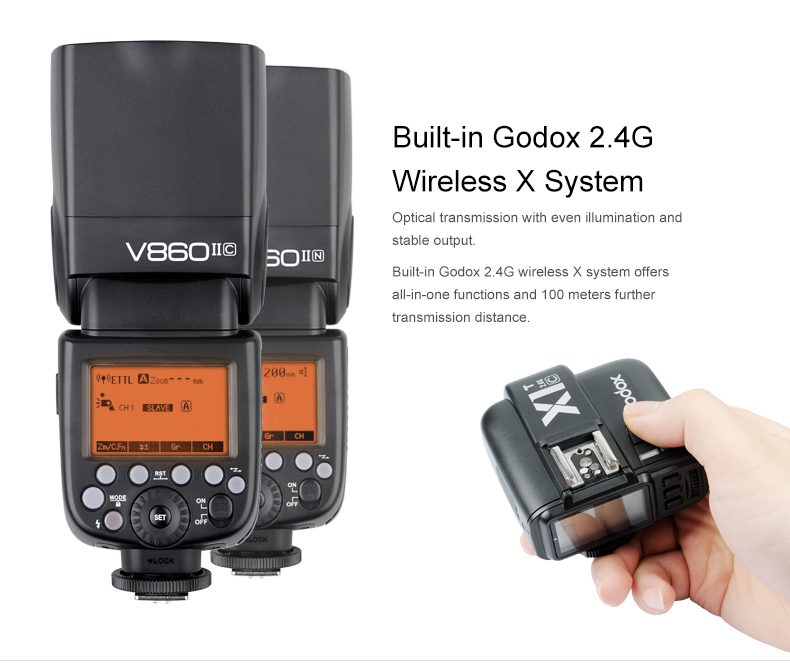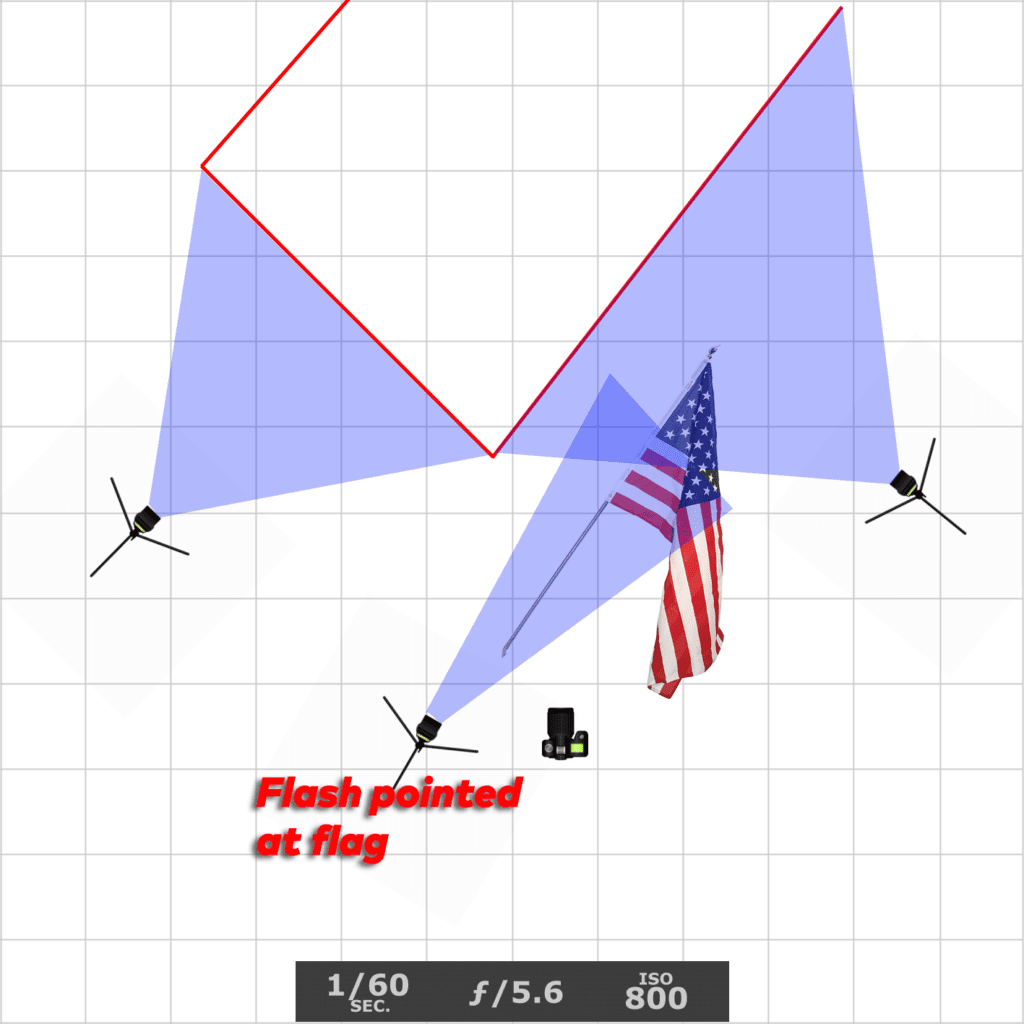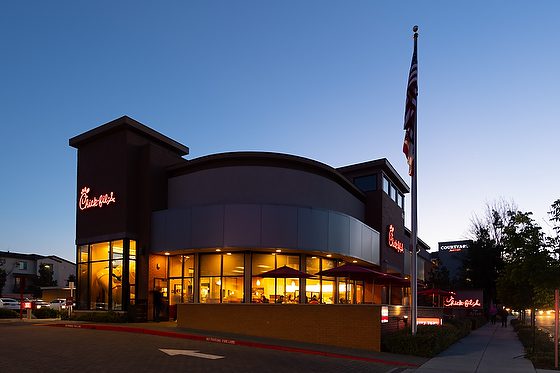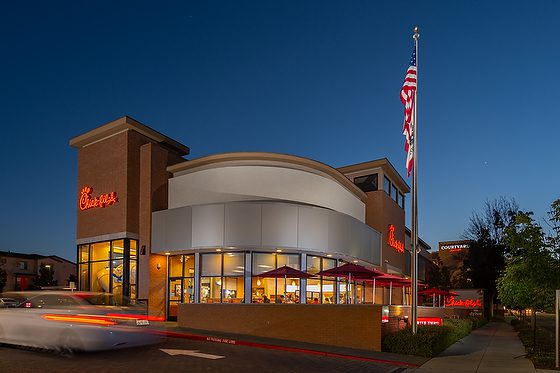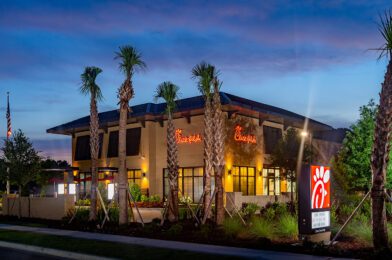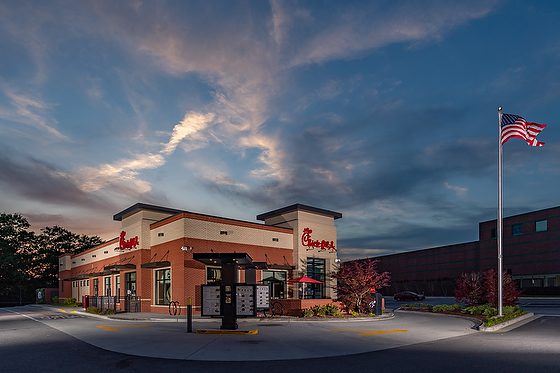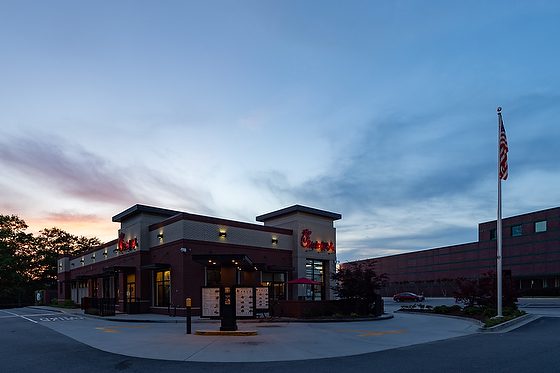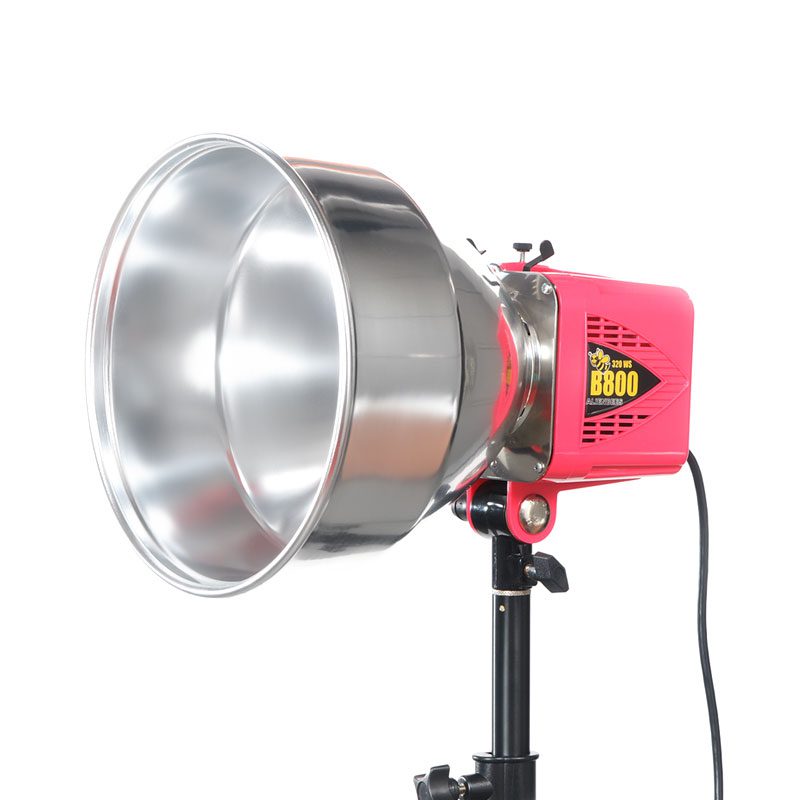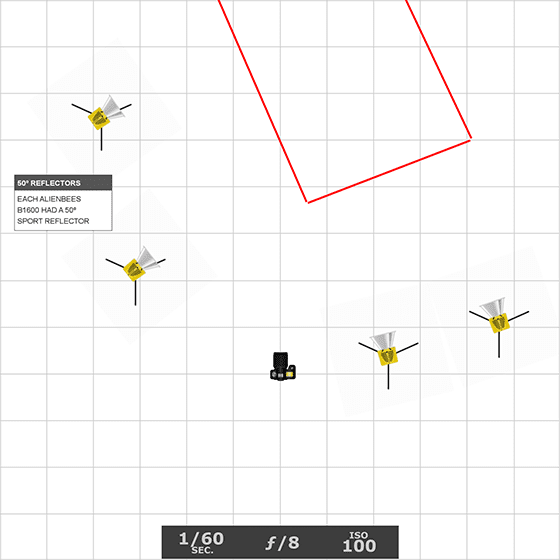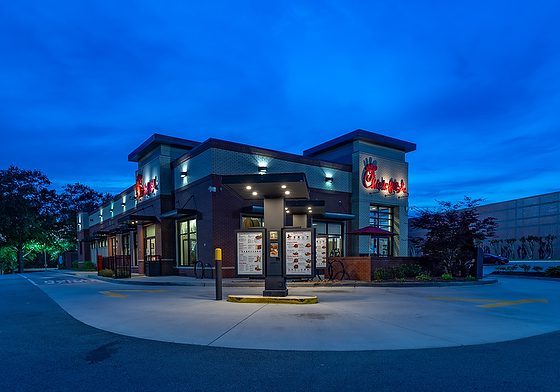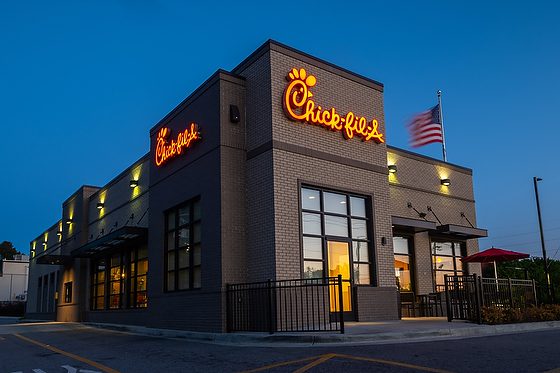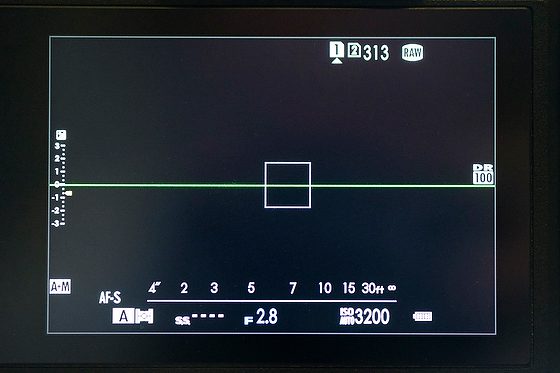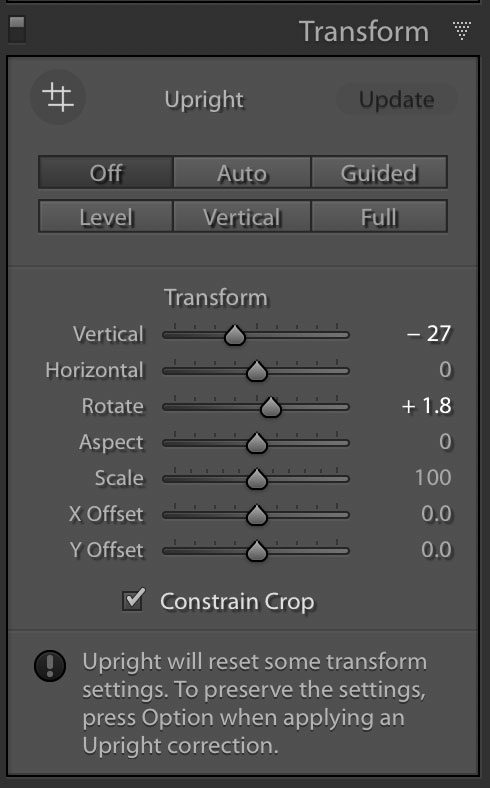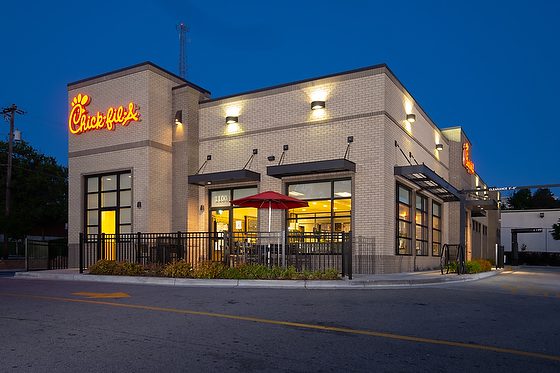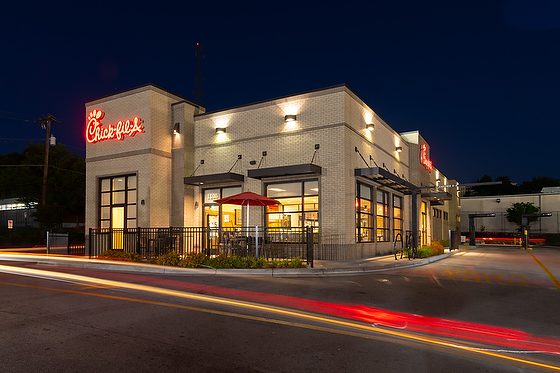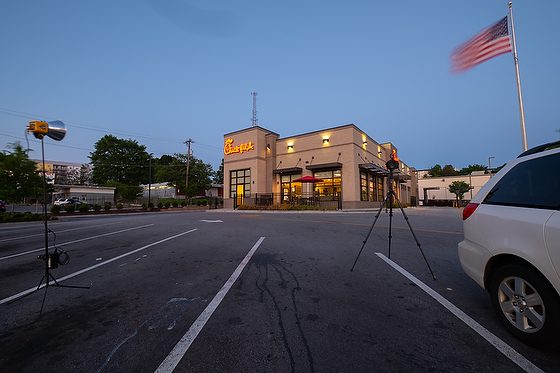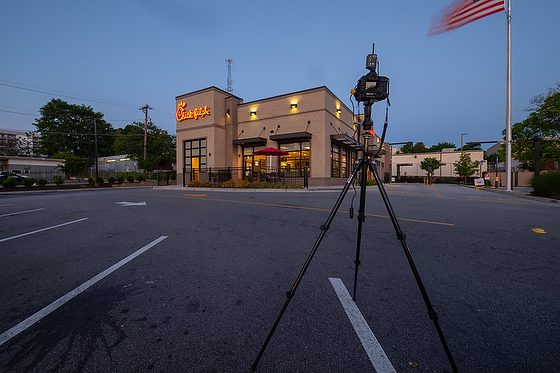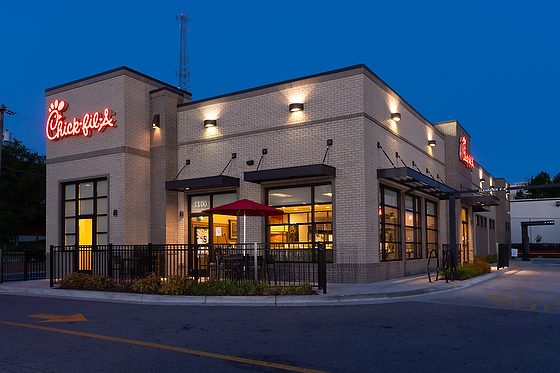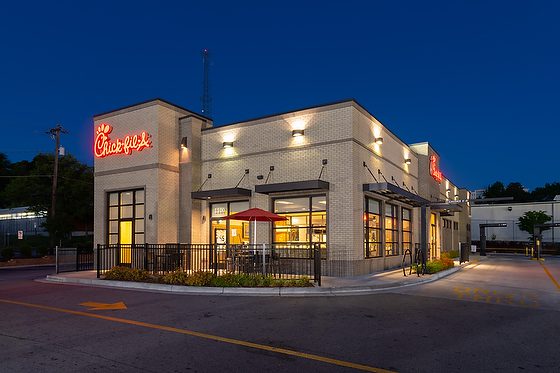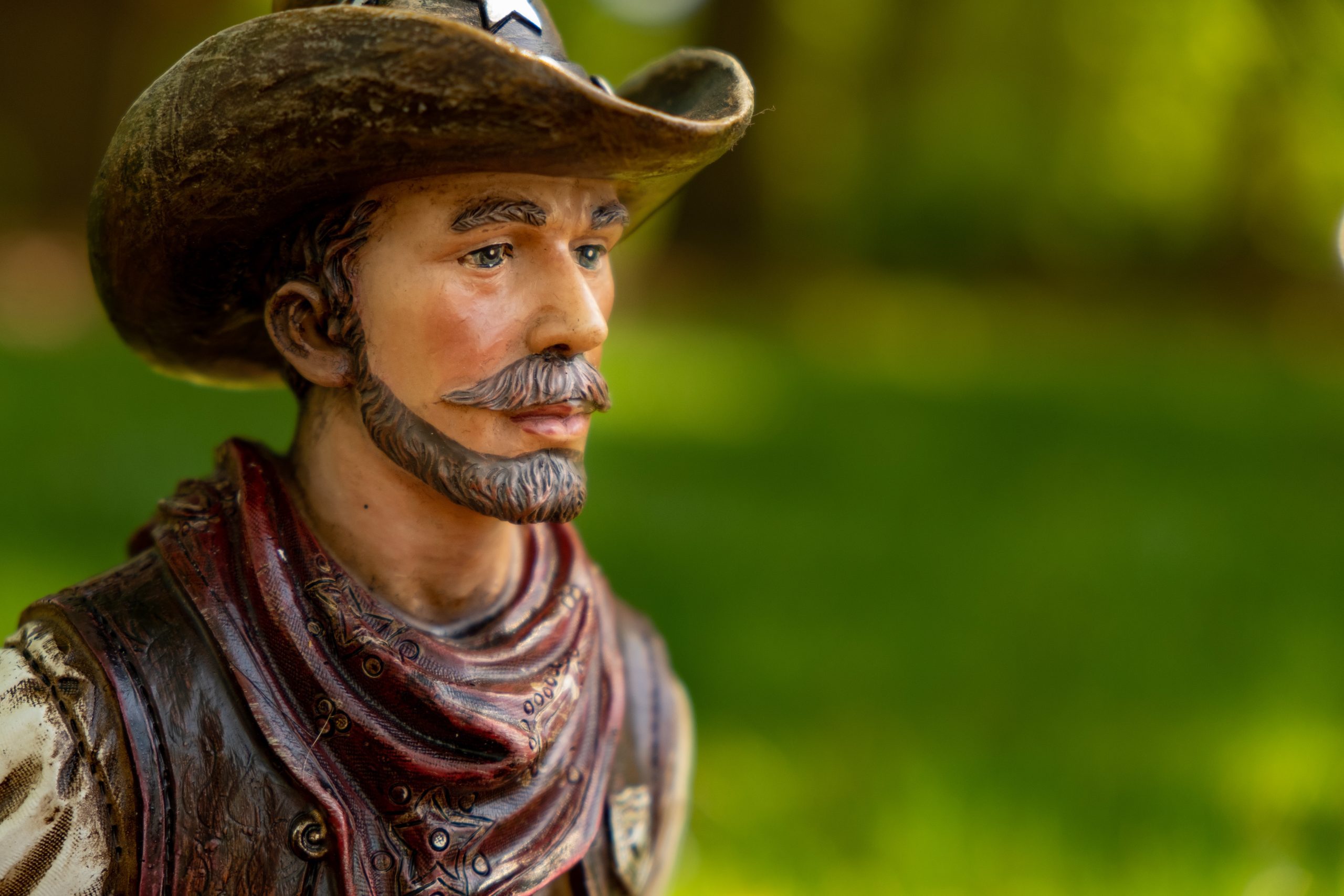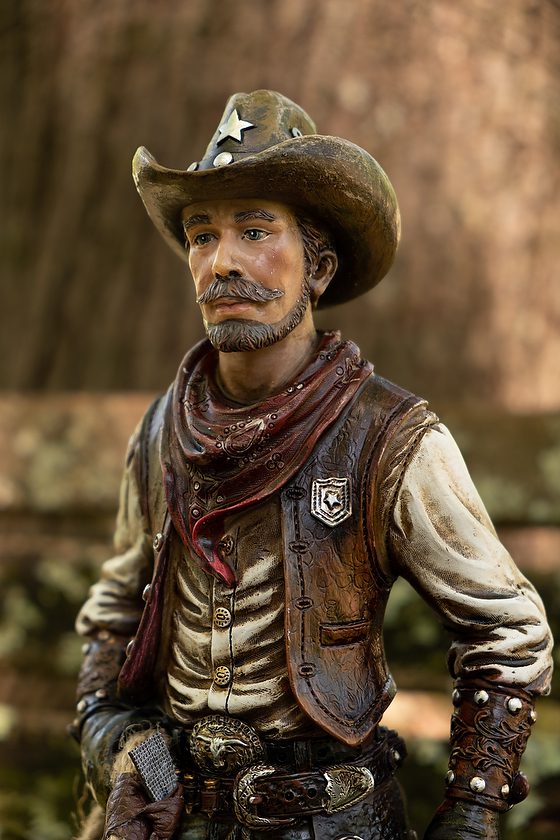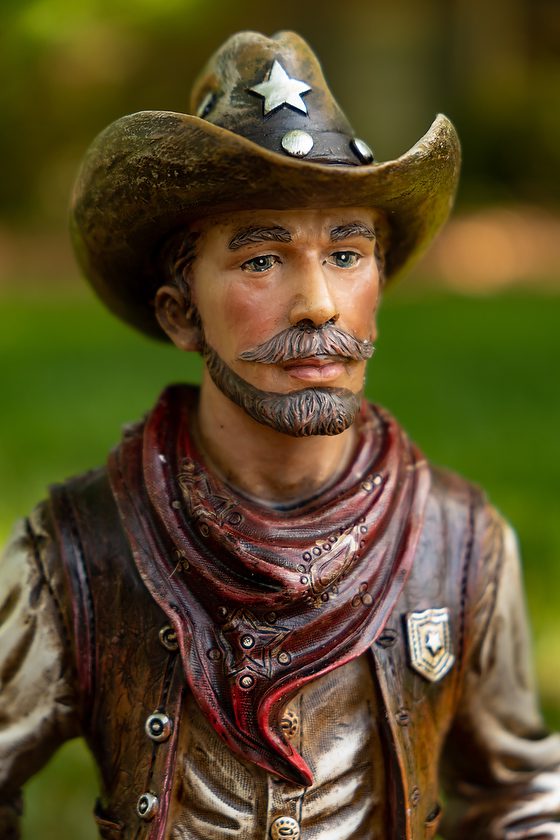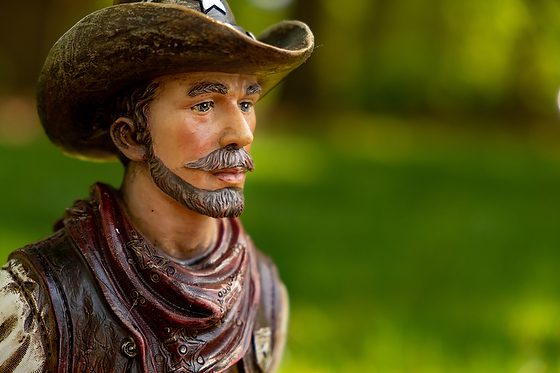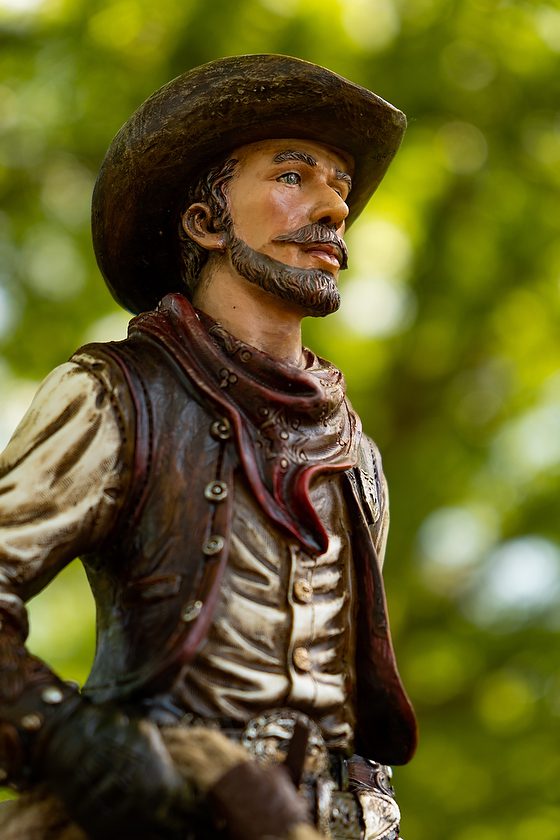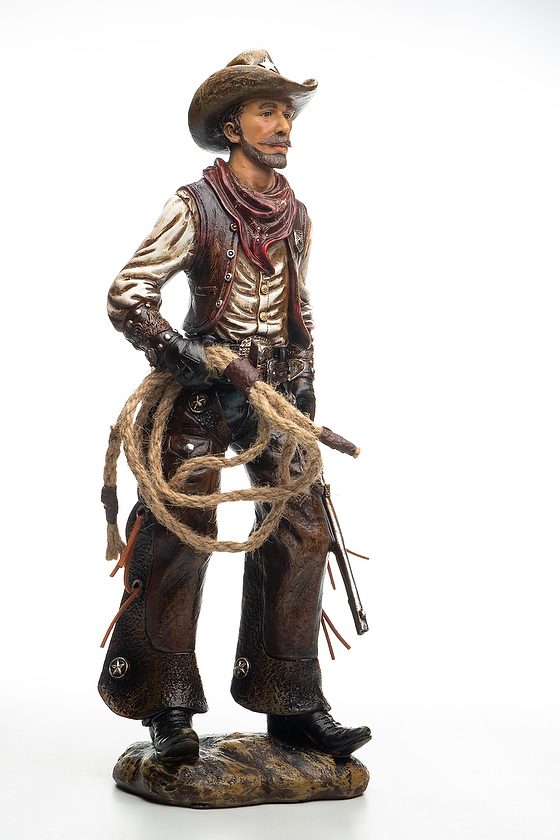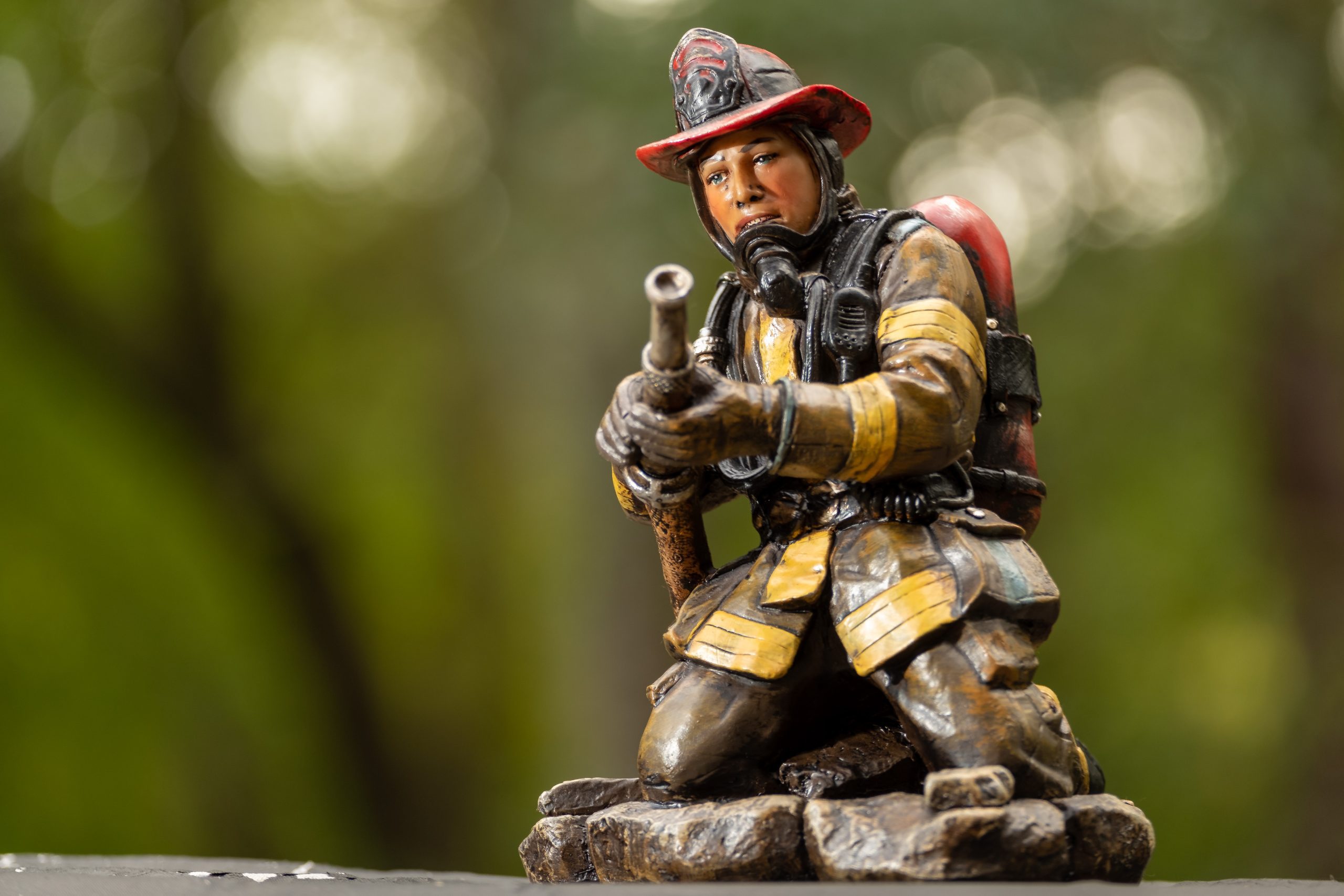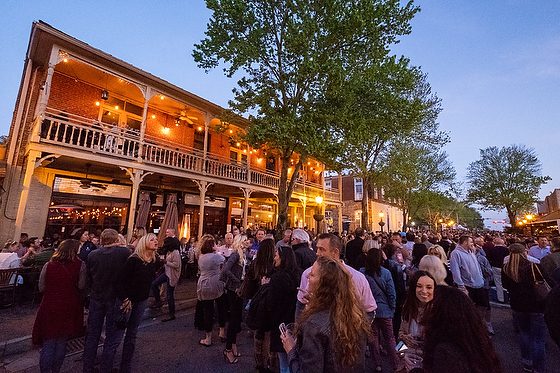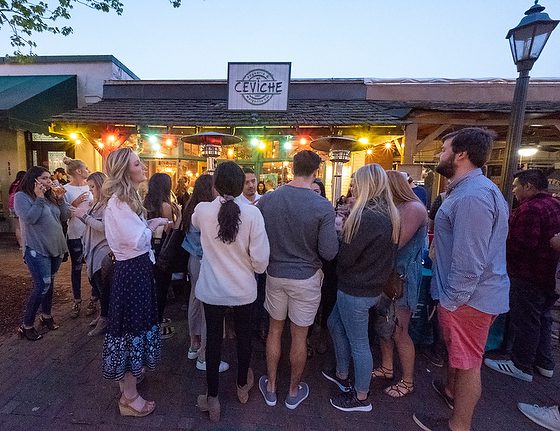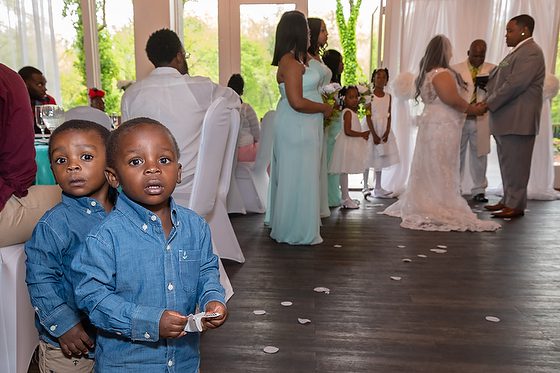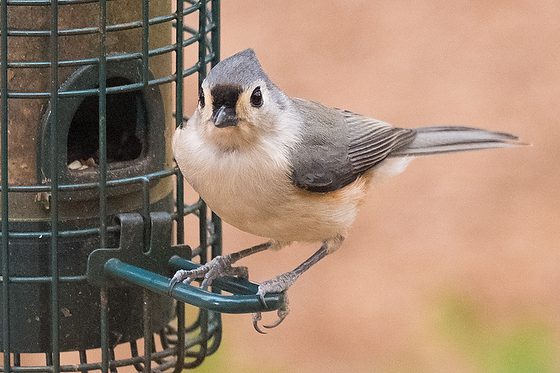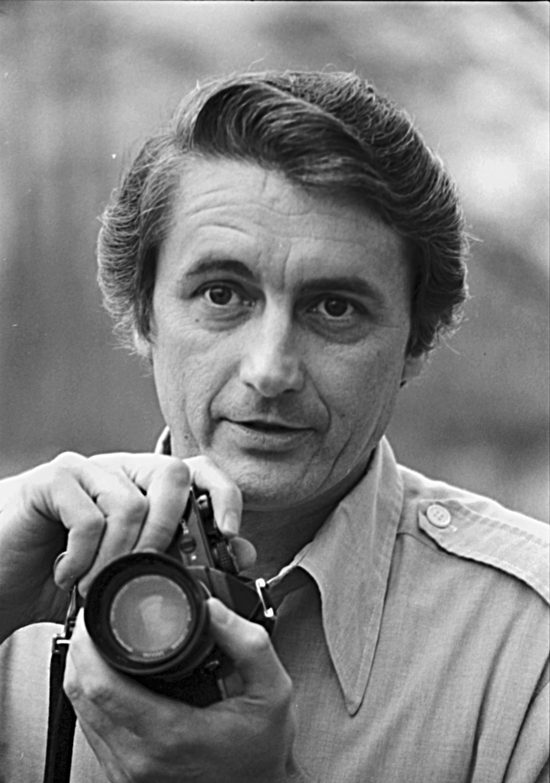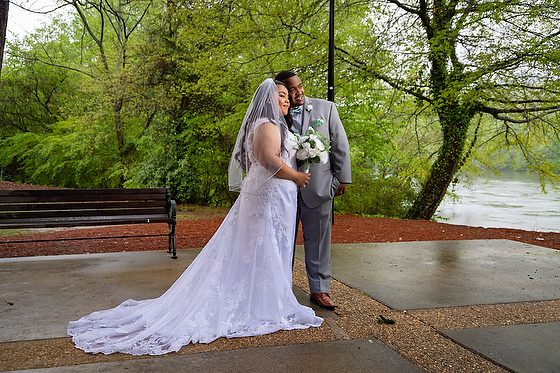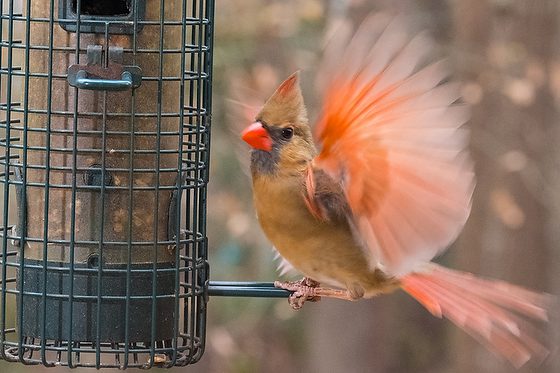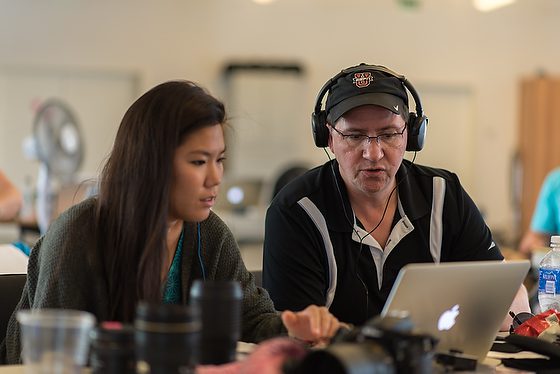
B-Roll
B-roll is supplemental or alternative footage intercut with the main shot in film and television production. These can be still images, videos, and even graphics.
Your video’s overall goals and pace should help determine the length of your B-roll shots. Say you have a longer support video demonstrating a specific process to your customers. Those illustrative shots might be 20 to 30 seconds long, depending on what you’re trying to achieve.
A still image up for 20 – 30 seconds can be made more interesting by zooming in or out and panning across the image. The Ken Burns effect is a type of panning and zooming effect used in video production. The name derives from the extensive use of the technique by American documentarian Ken Burns.
Just like music has a beat, most interviews have a similar feel. The very best editors have a good feel for finding that beat and pacing to then know when to start and stop B-Roll clips.

Literal vs Abstract B-Roll
When I took a course in church music during my seminary days, the professor helped me understand how a creative [organist, for example] can help lead people in worship. He divided music that an organist plays when people are coming into worship, leaving, or during the service can be literal or abstract.
When the organist plays “Amazing Grace,” this is literal because people so know the song that they begin to sing it in their heads and sometimes even out loud when they hear the music.
However, if the organist starts to play something like Mendelssohn wrote, which is often music that isn’t associated with words, then the people can let their minds wander. The organist can create a mood, but how the people hear it individually will let their minds wander. This is an abstract type of music.
I suggest using a literal B-Roll when you can show something that relates directly to what the person is talking about. For example, if they are talking about their parents, a pan across their dresser with photos of them works pretty well.
Now often during interviews, people talk about things in the past or even the future. This is where abstract B-Roll usually works great.
When someone reflects on growing up somewhere, this is a great time to use nature shots from that area. It is like helping the audience dream with them as if they are thinking back and looking out their window or like they are driving down the road looking out the car window.
Flowers blowing in the wind or a person’s hand moving through a field of flowers can work as an abstract. Seeing rain hitting a puddle or a stream of water flowing can be pretty soothing.
Closeups of tools can work great as well. Seeing the blade cut wood versus a wide shot of a person cutting wood can often look more abstract. A closeup of welding that goes from out of focus to in focus is another way to create an abstract B-Roll.

Transition B-Roll
You often need to transition the audience from one scene to another in the storyline. This is where a B-Roll of a door opening and closing or having someone walk through a location can help you transition to a new thought.
Video portraits are pretty famous today for B-Roll. They can work with transitions as well. This is where you roll for 20 to 30 seconds on a person with video versus the still portrait. I would advise getting a lot of different takes if using this technique. Have the person look out a window. As they look out the window, have them turn and look into the camera. Reverse that and do another take.
Have people look into the camera and they then walk away with the camera following and another time staying still.
Have them go from pretty expressionless faces to anger or smile. Start your shot out of focus and then go in a direction. Start in focus and then go out of focus.
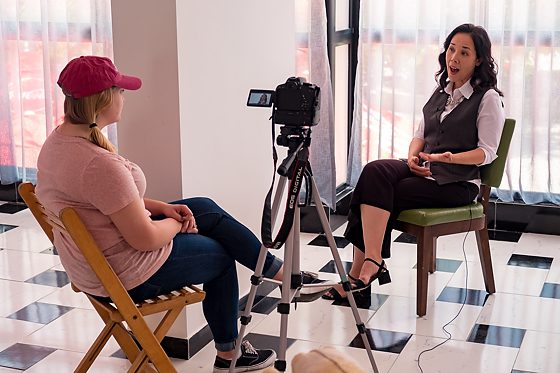
Movement
With video, you are capturing motion. You can keep the camera still and have the environment moving, or you can move the camera within the environment.
Car scenes are notorious with showing motion. You can have camera stationary on the person while they are driving. The windows are like cinema screens showing life happening around them as they are driving.
Shooting from another vehicle, you can drive alongside them to give a sense of context.
Type of shots
You have a variety of shots which I encourage you to get lots in each category for easier editing later.
Wide Shot – helps to establish the context.
Medium Shot – often two people close together or where you see the subject’s hands type of distance.
Tight Shot – This is often where you are just showing the face. You are letting the facial expressions help tell the story. More than 50% of most movies are tight shots.
Close-up – These are the detailed shots. Where you see someone’s ring on their finger, pouring a cup of coffee, the cork on a bottle of champaign being opened.
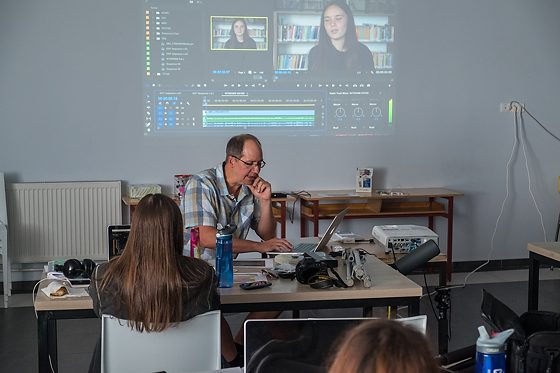
You can never have enough B-Roll. I have never heard this said in an edit suite. That what were they thinking giving me all this B-Roll. I do listen to it over and over that there is not enough.

